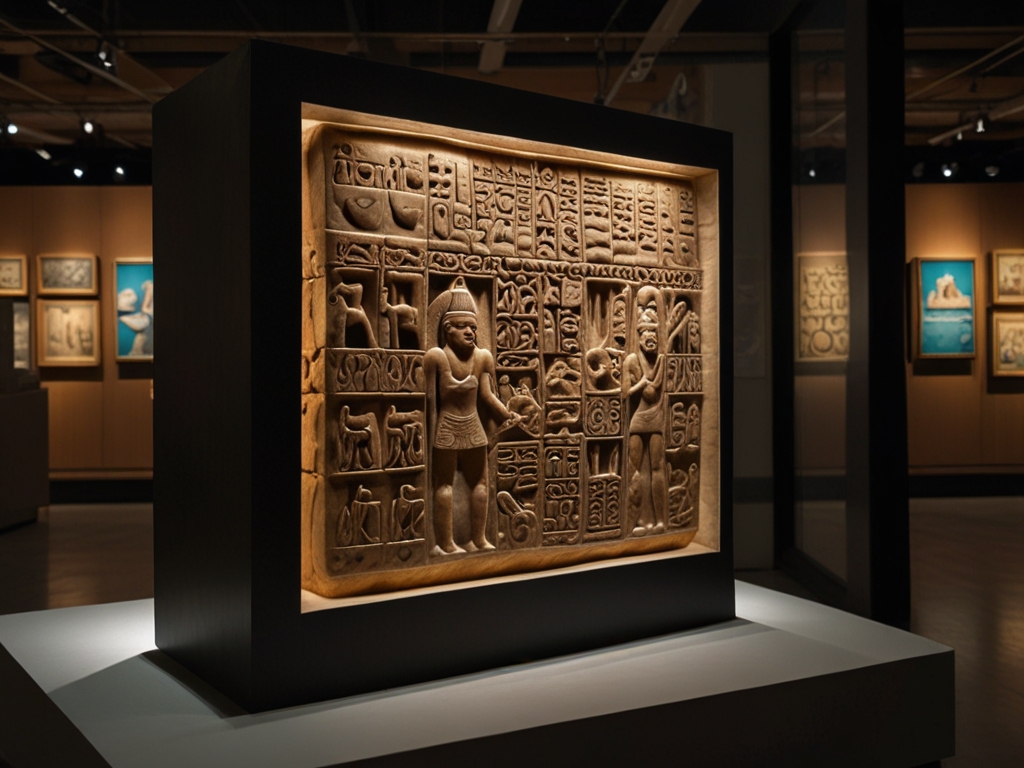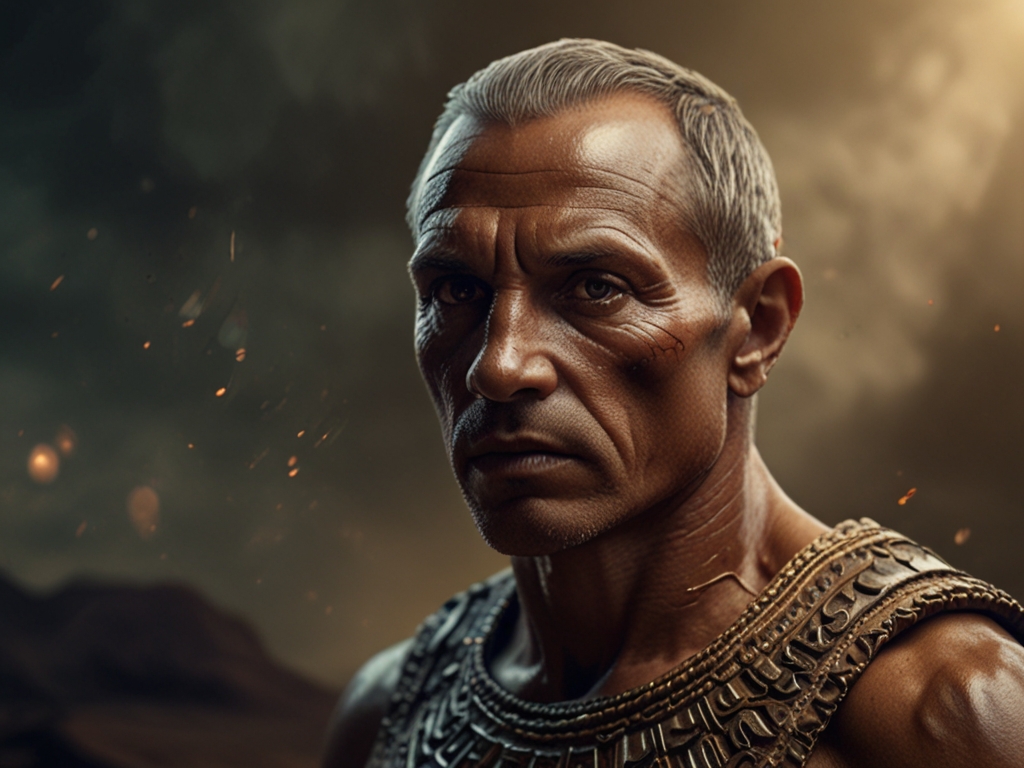What If Your Smartphone Existed 5,000 Years Ago?
Picture this: A Mesopotamian sculptor carves a cuneiform tablet, not with emojis, but symbols that track grain shipments. Fast-forward to today—you’re tapping screens to order groceries. Ancient Artz wasn’t just “art”; it was humanity’s first Instagram, Excel spreadsheet, and history book rolled into one. From the geometric tattoos on Ötzi the Iceman to the pyramids’ celestial alignment, these creations weren’t decorations. They were survival tools, political manifestos, and neural networks of their time. Let’s decode their secrets.
Why Ancient Artz Isn’t Just History—It’s Human DNA
Think of ancient art as your great-great-great-grandparent’s TikTok. Every brushstroke, chisel mark, or woven thread carried meaning:
- Survival Manuals: Prehistoric cave paintings (like France’s Lascaux) weren’t doodles. They were tutorials: “This bison moves here during storms. Aim your spear here.”
- Social Media 1.0: Egyptian hieroglyphs glorified pharaohs, much like influencers curate feeds. The Rosetta Stone? The ultimate viral post.
- Data Storage: Inca quipus (knotted ropes) tracked taxes and stories—a spreadsheet meets podcast.
From Caves to Cathedrals: The Evolution of Expression
1. Prehistoric Art (40,000–4,000 BCE): The Original Storytellers
- Mediums: Charcoal, ochre, carved bone.
- Themes: Animals, fertility symbols, celestial events.
- Hidden Tech: Artists used scaffolding and animal-fat lamps to paint ceilings. Talk about #DIYGoals.
2. Mesopotamian & Egyptian Art (3,500–300 BCE): Power in Stone
- Hierarchy Hack: Gods and pharaohs were larger in sculptures—an ancient “zoom filter” for authority.
- Material Innovation: Egyptians invented glassmaking; Mesopotamians built ziggurats with math we still use.
Comparison Table: Ancient Artz Across Civilizations
| Civilization | Signature Art Form | Hidden Message | Modern Parallel |
|---|---|---|---|
| Egypt | Hieroglyphs & Pyramids | “Pharaohs are divine GPS for the soul.” | Corporate logos |
| Greece | Marble Sculptures | “Perfection is godly (and achievable).” | Fitness culture |
| Maya | Calendar Glyphs | “Time is a spiral, not a line.” | Quantum physics |
| China | Bronze Ritual Vessels | “Ancestors feast with us.” | Memorial tattoos |
Geometric Patterns: The First Emoji Language

Before hashtags, triangles and spirals were universal code:
- Circles = Eternity (Stonehenge’s rings).
- Zigzags = Water (Minoan pottery).
- Dots = Stars (Aboriginal rock art).
Pro Tip: Next time you see a Greek meander pattern, it’s not just a border—it’s a metaphor for infinity.
The Sneaky Ways Ancient Artz Hijacks Your Brain Today
- Fashion: Gucci’s 2023 runway featured Etruscan earrings.
- Architecture: Apple Stores mirror Parthenon minimalism.
- Movies: Black Panther’s Wakanda fused Aztec stepped pyramids with Afrofuturism.
FAQs
- “Did ancient artists ‘sign’ their work?”
Rarely. Except Phidias, who snuck his face onto Athena’s shield. - “How did they make paint without Home Depot?”
Crushed minerals + egg yolk (tempera) or beeswax (encaustic). - “Is graffiti ancient?”
Pompeii’s walls had memes like “Lucius was here” next to gladiator fan art. - “Why do all Roman statues look the same?”
They mass-produced bodies! Swap heads for new emperors—fast fashion, marble edition. - “Could I pass an ancient art class?”
Yes, if you can grind malachite for 8 hours. Bring snacks.
3 Ways to Steal Like an Ancient Artist (Ethically)
- Adopt the “Utilitarian Beauty” Mindset: Make your coffee mug as stunning as a Minoan vase.
- Use Symbols: Replace “Live, Laugh, Love” with a Celtic knot meaning resilience.
- Collaborate: Ancient art was team-driven. Start a mural project.
Your Turn: Find an ancient motif (Google “Minoan octopus pottery”). Recreate it as a doodle, tattoo, or latte art. Tag #AncientArtzRemix—we might feature you!
Wisdom Check: Ancient Artz thrived not in museums, but in use. Whether it’s your Instagram grid or garden layout, ask: “What would a Minoan do?” Then, make it eternal.
YOU MAY ALSO LIKE
artsusshop.com: The Secret Haven for Artists, Crafters, and Curious Creatives











